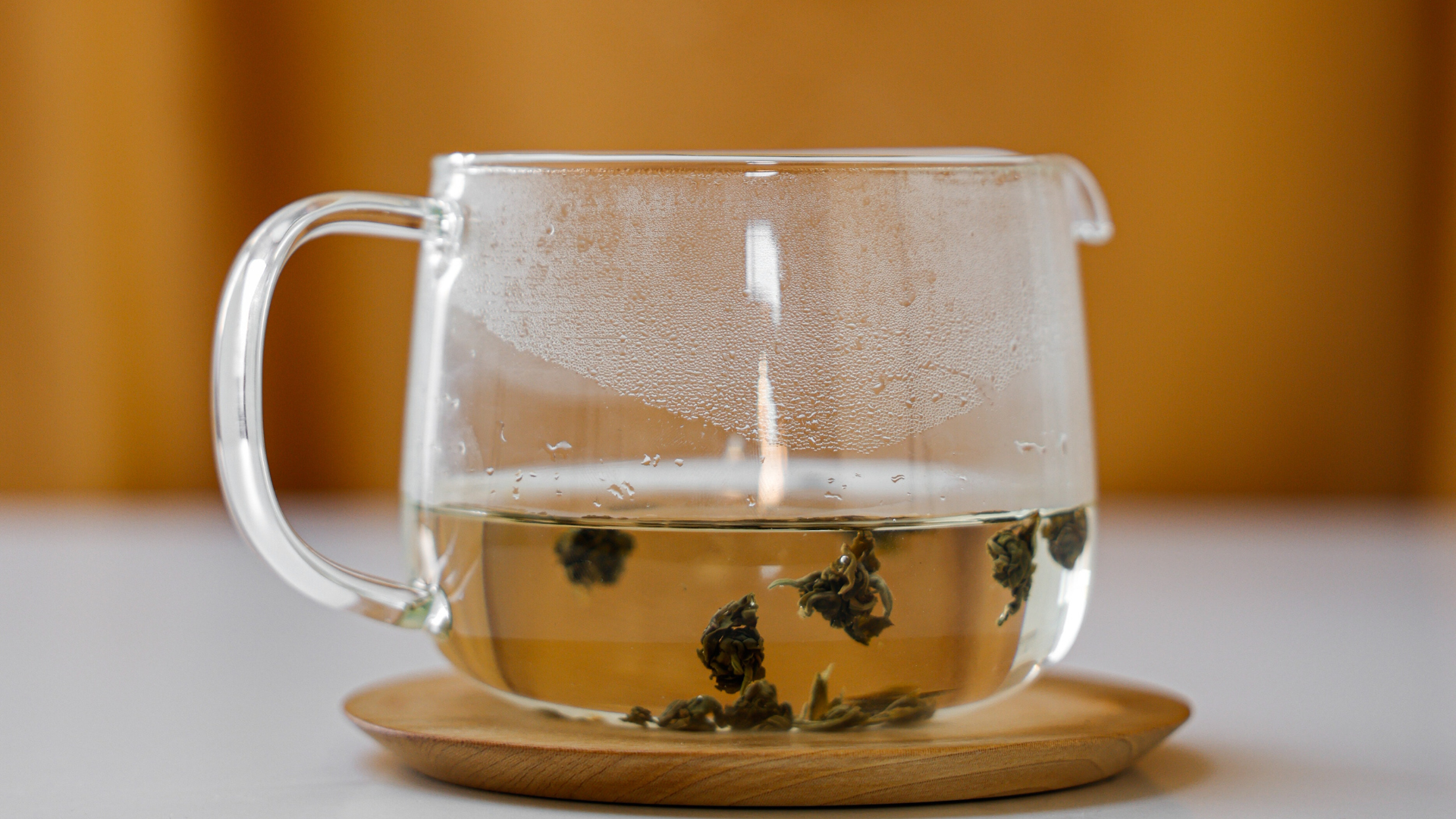
The production of Oolong tea is a labor-intensive affair, one which incorporates a series of detailed processes. From the initial cultivation of tea plants, to the precise withering, oxidation, firing, and shaping of the tea leaves themselves, each and every step must be meticulously carried out by experts to ensure that only the finest quality Oolong Tea from India reaches our cups, and that we get to enjoy a drink that is truly worth celebrating.
To achieve the distinctive flavour and characteristics of Oolong Tea, skilled tea pluckers handpick tea leaves, plucking only the most tender and mature of them. They then spread the leaves out, allowing them time to wilt and dry. When the water content has been reduced to the desired level, they then need to be oxidised.
Oxidation (first stage) is a crucial step which helps to define the flavour and aroma of Oolong tea. Once they’ve been allowed to oxidise, the leaves are then subjected to a process called fixation. Fixation (or ‘kill-green’), is a process which stops oxidation.
After fixation, the leaves are then rolled tightly. Rolling shapes tea leaves and promotes the release of enzymes. This further helps to develop the taste and smell of Oolong tea from India. Next up is a second stage of oxidation (or re-oxidation), before the leaves undergo a final drying to remove remaining water content. Once they are dry, the leaves keep their flavour and freshness for much longer. Once dry, the leaves are then arranged, sorted and graded based on their size and appearance, which determines their overall quality.
Sorting ensures that only the best quality leaves make the grade for premium brands and specialty teas, whilst incomplete leaves may be used in tea bags or blended teas. Oolong tea that is graded as very high quality consists of complete leaves, or larger fragments.
Many of the processes listed here can be altered to produce differing varieties of Oolong tea from India, such as Tie Guan Yin and Da Hong Pao.
Tea is also good for you too!
Tea contains polyphenols called catechins. Catechins are a group of powerful antioxidants, with epigallocatechin gallate (EGCG) being amongst the most prolific found in tea. These polyphenols serve as harvesters of free radicals, effectively stopping them from damaging human tissues and cells. Atioxidants in tea have also been linked to a reduced risk of heart disease, certain forms of cancer, and neurodegenerative disorders such as Alzheimer's and Parkinson's diseases.
And it’s not only polyphenols in tea that do a good job for us, it is now believed that tea might actually help increase blood vessel functioning, help to reduce inflammation, increase immune functioning, and even support weight management! - that’s an impressive list of health benefits!

